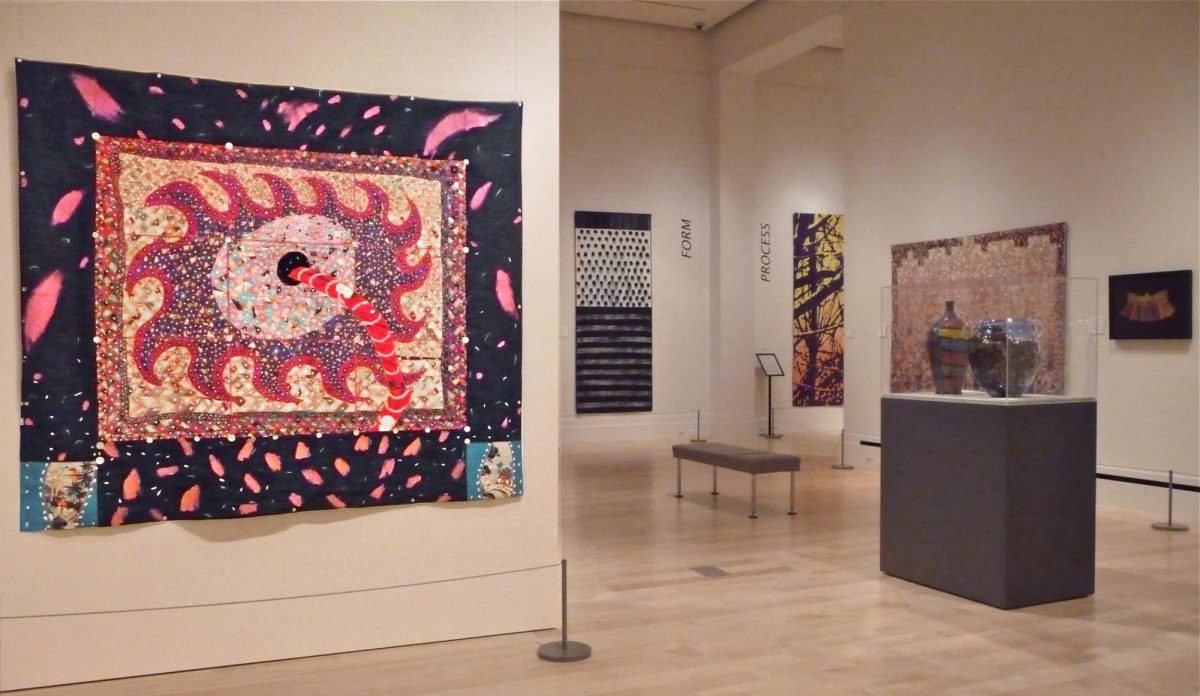On Oct. 17, the long-anticipated film adaptation of the “Five Nights at Freddy’s” video game was released in cinemas.
Produced by Blumhouse and helmed by director Emma Tammi, it grossed a staggering $250 million in the global box office, largely attributed to its worldwide fanbase and positive reputation among gamers. Critical reviews, however, have been in stark contrast; the film maintains a devastating 30 percent Rotten Tomatoes score, with reception among non-fans and industry professionals being largely negative.
Although littered with celebrity cameos, “easter egg” references to the games and a relatively faithful live-action portrayal of iconic characters, the majority of viewers agree that “Five Night at Freddy’s” could have stood to spend more time in production despite its tumultuous process of six years.
Critics have a point when they remark on the film’s meandering, feet-dragging screenplay and mediocre direction. For those uninterested in the game franchise, there is not much to engage with; the story moves at a snail’s pace, the characters are one-dimensional, the dialogue is tedious and orchestrated and the production is “decidedly unscary,” according to Rotten Tomatoes.
This is no surprise for anyone vaguely familiar with creator and screenwriter Scott Cawthon, who has repeatedly come under fire for making the games’ lore so convoluted that eight-hour videos have emerged on YouTube in an attempt to piece it all together. The film simplifies his tangled writing in hopes of attracting a larger audience.
“The only way to pull this off was to make the movie for fans…and if anyone else came, fine,” remarked Blumhouse CEO Jason Blum in an interview with ComicBook. Blumhouse Productions is the production company behind “Five Nights at Freddy’s.” Critics regard this effort to appeal to a wider audience as a misfire, with the Pearl Post claiming that the film will ultimately “more confuse than scare” non-fans.
Fans, however, have a different perspective on the production. The film sits on a lofty 87 percent audience score on Rotten Tomatoes, and 94 percent of Google users reported liking it. One might wonder how this is possible if its reception has been so awful, but the answer is simple: it was made specifically for those who love the games. As a long-time fan who grew up with the franchise, I am among the many who, knowing it would be subpar, bought a ticket, watched the nearly 2-hour odyssey, and thoroughly enjoyed it.
More cinephilic fans on Letterboxd left it relatively negative reviews, leaving the film with an average rating of 2.6/5.0, yet bombarded it with positive comments and ironic praises. Anyone able to point at the screen and laugh at the cameos, see beloved animatronic characters faithfully recreated in the real world, and indulge in the mere fact that a “Five Nights at Freddy’s” movie finally exists will find no fault with it; the joy is too overwhelming. To feel this way, though, requires being a steadfast, dedicated fan, which the majority of general filmgoers are not.
One thing critics and fans can agree on is that, without a doubt, the production generally reeks of missed potential. The “FNAF” community has already seen incredible things done with the lore; the fan-led “FNAF VHS” analog vignette series, in particular, is one that exploded in popularity due to its grim take on the franchise, excellent production quality and bone-chilling horror that led to even more spin-offs of the spin-off. In this regard, many wonder why the film is so “antiseptic” and soulless, according to IndieWire.
For starters, Jim Henson’s Creature Shop’s construction of the animatronic characters, Freddy, Foxy, Bonnie and Chica, looks “shiny and brand-new instead of beat-down and barely operational,” sucking the horror out of the majority of their scenes.
Additionally, Matthew Lillard, who plays overarching antagonist William Afton, only appears for fifteen minutes of the film and is thus “woefully underused,” according to critic Simon Abrams. Combining these factors, a film is produced that, although marketed as horror, is not scary or extraordinary in the slightest.
Juxtaposed with the unique terror that made the games so popular and the iconic spin-offs that cemented it as an elite horror franchise, it is hard to ignore the film’s glaring inadequacies in production, aesthetic and screenwriting. This is not to imply that it should have replicated the tone of the games or taken inspiration from the VHS tapes but, at the very least, it could have been frightening. It is difficult to even brand it as a thriller.
“Five Nights At Freddy’s” does not leave audiences mad, but varyingly disappointed. Critics panned it as forgettable. Fans were left to satisfy their own desires by turning back to the games or spin-offs. Despite its attempts to appease all parties, the film’s enjoyability lies solely in how willing one is to ignore its missteps and embrace the franchise nostalgia.
“Five Nights at Freddy’s” is currently in theaters and streaming on Peacock.












































